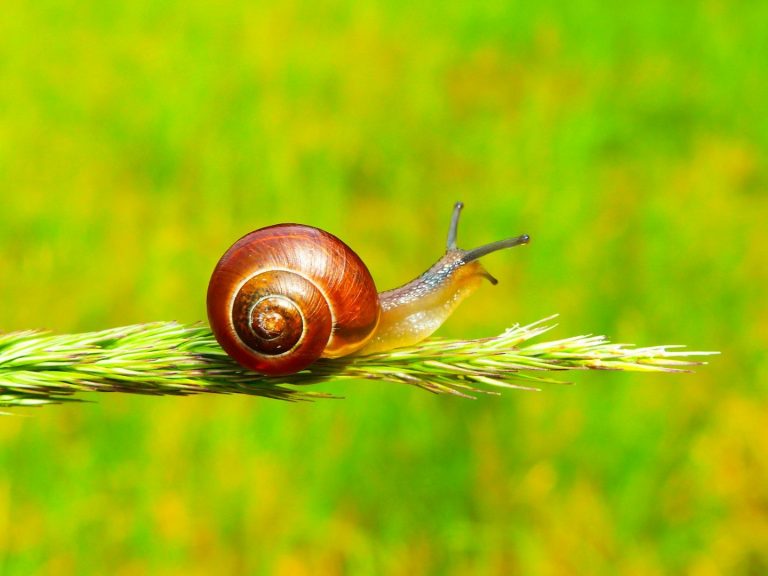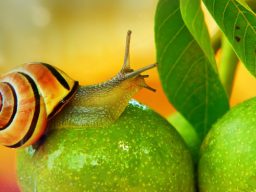Land-Aligned Livestock Systems & Alternative Proteins
Ethical, regenerative approaches to community nourishment through inclusive farming and species care.
Feed Our Communities CIC explores food systems that work with land, not against it. These models offer protein pathways shaped by care, community and ecological respect — from shaded snail farms and rewilded bird habitats to circular insect systems. Whether implemented on micro-sites or within future farm landscapes, each approach reflects thoughtful pacing, shared stewardship and practical accessibility.
Snail Farming: Accessible, regenerative and rich in micronutrients
Snails offer a compelling protein source for land-based education and small-scale farms. They thrive in low-footprint systems and integrate easily into forest gardens and permaculture zones.
Quiet. Compact. Nutrient-dense.
Snails thrive in shaded spaces and low-labour setups, making them ideal for land-based education and accessible farming. They feed on veg scraps and native plants, integrate easily with forest gardens, and contribute calcium, protein, and omega-3s to small-scale food systems.
Key Benefits:
- Climate-adaptable and suitable for UK conditions
- Requires minimal space — ideal for vertical or container growing
- Accessible for seated or low-exertion participation
- Easily integrated with compost loops, garden guilds, and outdoor education
- Culturally neutral — not tied to industrial meat narratives




Land Aligned livestock
Scaled for care. Designed for diversity.
We support small-scale animal models that harmonise with local ecologies and inclusive design. These species offer gentle engagement, food yield and ecosystem support across varied land types.
Examples Include:
- Quail – compact layers suited to urban and rural spaces
- Bantam chickens – manageable egg producers for small-scale setups
- Ducks – forage-friendly and natural pest control
- Doves/Pigeons – adaptable to rooftops and low-footprint systems
- Pheasants – suitable for woodland-edge and rewilded enclosures
Note: While rabbits and guinea pigs are used as livestock in some countries, Feed Our Communities CIC does not promote their farming within UK contexts due to cultural and welfare sensitivities.
Benefits:
- Adaptable care routines for individuals or community groups
- Multifunctional outputs: fertiliser, education, pest control, and food
- Low infrastructure demand and quiet operation
- Opportunities for sensory-friendly engagement and heritage breed conservation




Insect Systems (Exploratory Use)
Circular, compact, and climate-proof.
Insects offer efficient protein potential alongside composting and educational uses. While Feed Our Communities CIC does not currently harvest insects for food, species like black soldier fly larvae and mealworms support waste reduction and soil health.
Species in Focus:
- Black Soldier Fly Larvae – turns organic waste into nutrient-rich feed
- Mealworms & Crickets – high in protein and adaptable to small, modular farms
Benefits:
- Climate-independent and small footprint via indoor farming methods
- High feed conversion from waste streams
- Modular design supports accessible participation
- Ideal for circular economy learning




Heritage & Rewilded Species
Exploring conservation-led nourishment.
Some regenerative models include species like deer within woodland restoration efforts. These approaches require ethical review, ecological planning, and alignment with land management policy. While not currently implemented, Feed Our Communities CIC remains open to discussion around heritage grazing and rewilded food systems.




Our Commitment
We design food systems with integrity — where nourishment reflects care, ecological balance, and inclusion. Protein is part of a wider landscape of regenerative practice, accessible design, and community resilience. These models evolve as our farm site grows and as our communities shape what comes next.
Feed Our Communities CIC is dedicated to building lasting food security through land restoration, accessible education, and values-led farming practices.



